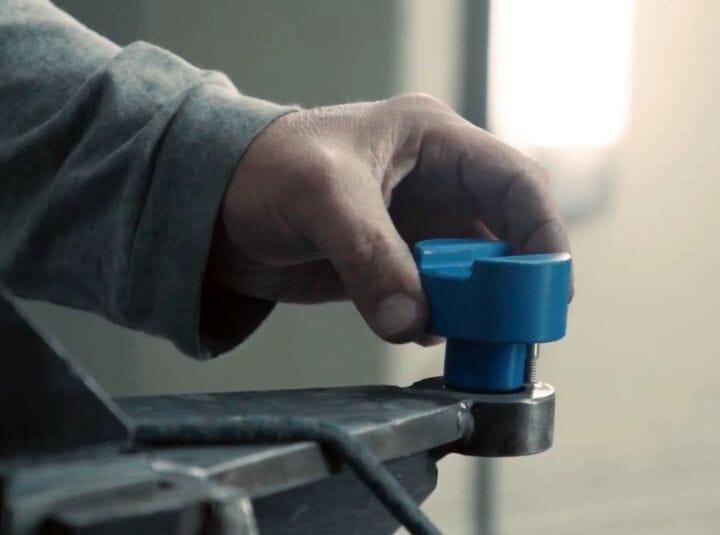![Placing a 3D printed jig in a manufacturing process [Source: Kodak]](https://fabbaloo.com/wp-content/uploads/2020/05/image-asset_img_5eb08ddf25975.jpg) Placing a 3D printed jig in a manufacturing process [Source: Kodak]
Placing a 3D printed jig in a manufacturing process [Source: Kodak]
I’m reading an interesting case study from Kodak regarding how a small manufacturer leveraged 3D printing.
This is not an unusual story; the same story has played out at hundreds of manufacturers worldwide. But it needs to be said once again.
In this case, the manufacturer was King Agro, a Spain-based subsidiary of John Deere, which was acquired by the American giant in 2018. King Agro manufactures carbon fiber components for agricultural equipment.
The deal with John Deere has King Agro producing large carbon fiber booms for use in various types of agricultural equipment. As you can imagine, these booms are quite strong, yet very lightweight due to the carbon fiber material used. It sounds like a great match for John Deere.
But what of 3D printing in this scenario?
King Agro 3D Printing
It turns out that King Agro installed a Kodak 3D printer, the Portrait, intended to print jigs, fixtures and guides. This video shows how they’re using jigs in their operation:
Jigs are small custom-made gadgets that help in the assembly process. Typically a jig would be used to instantaneously perfectly position a part before it is affixed. Without a jig, significant variances in positioning would no doubt occur due to human error.
Many companies do use jigs in their manufacturing processes, but they are produced conventionally. That may be straightforward for basic “2D” assembly scenarios, but in today’s world of increasingly complex parts, much more complex jigs can be quite helpful.
Workers Design Jigs
In many cases it’s the shop floor workers who determine how best to create a jig for a given manufacturing step, as they witness the process first hand and can easily identify ways to speed up the process.
But with conventional manufacturing processes, the development of a newly-desired complex jig could take considerable time if it is farmed out for production. A much better way would be to produce the jig in short order right on the shop floor.
![Manufacturing worker placing a production part on a 3D printed jig [Source: Kodak]](https://fabbaloo.com/wp-content/uploads/2020/05/image-asset_img_5eb08ddf722f1.jpg)
This is now increasingly being done through the installation of a professional-level 3D printer. With some basic 3D CAD design skills, many shop workers would be able to quickly draft up a design concept for a productivity jig.
And with a 3D printer on hand, it may only be a few hours before the concept becomes a reality. It can then be quickly tested on the production line to verify its value. If it doesn’t work, then it’s quite easy to simply repeat the process another time. After a few iterations a functional design is obtained and is then used to increase manufacturing productivity.
Even over time, workers may have improved their thoughts on jigs, and initial versions could be replaced with better designs as time passes.
All of this is possible with the powerful combination of 3D design skills and 3D printers.
Small Manufacturers Should 3D Print
My issue with this concept is that it still is not being used everywhere. There are still thousands of small manufacturing operations that don’t take advantage of these new capabilities, when they easily could do so.
It may be a case of “it isn’t broken, so don’t fix it” for many such small manufacturers. But they really need to open their eyes to some new possibilities.
There’s never been a better time to acquire a powerful professional 3D printer for a workshop: prices are good and printer functionality is at the highest level. Design software has become easier to learn and is available at reasonable prices.
This gap could be why we constantly see case studies like this one from Kodak. The 3D printer manufacturers are trying hard to reach all the small manufacturers who should be making use of 3D printing.
Via Kodak (PDF)

